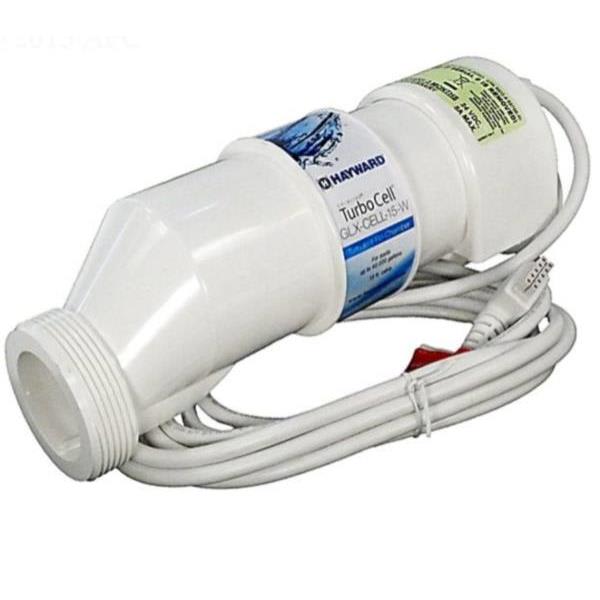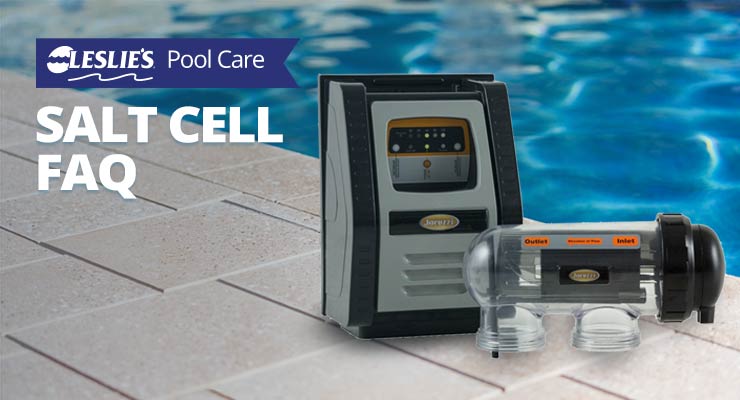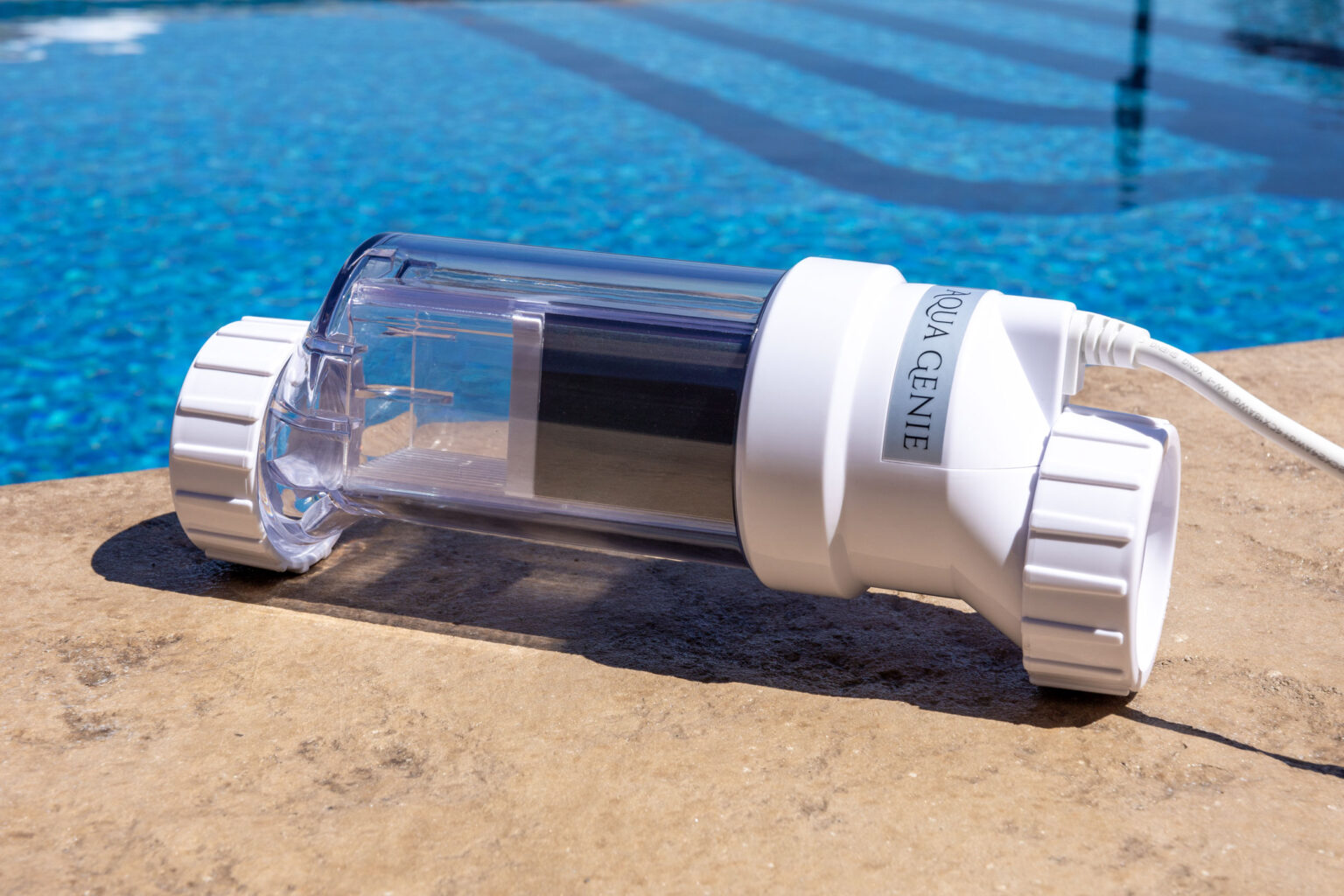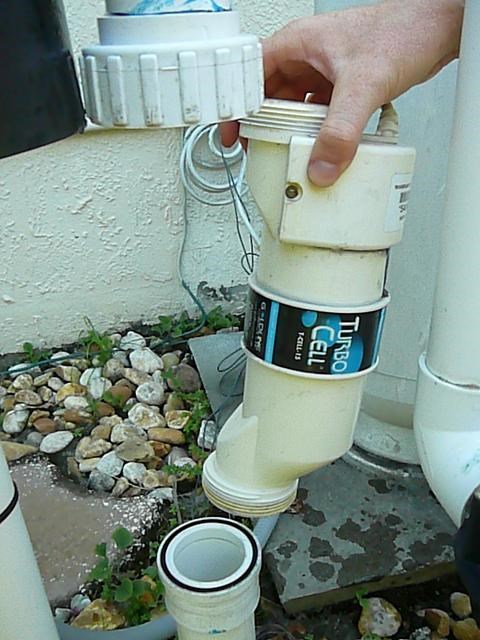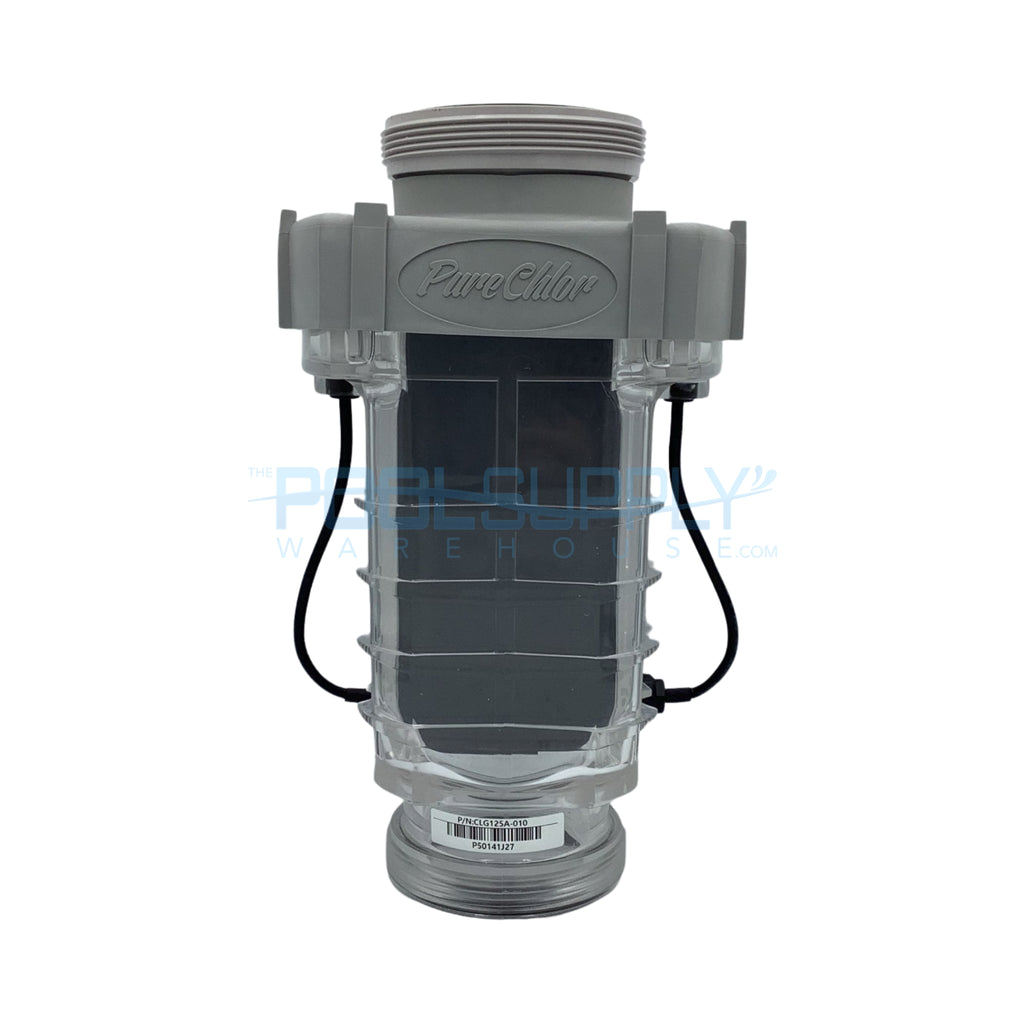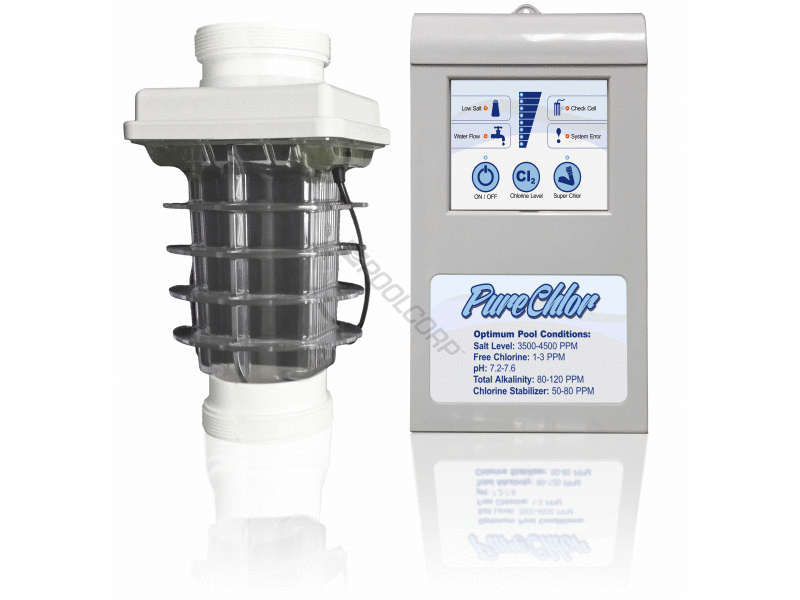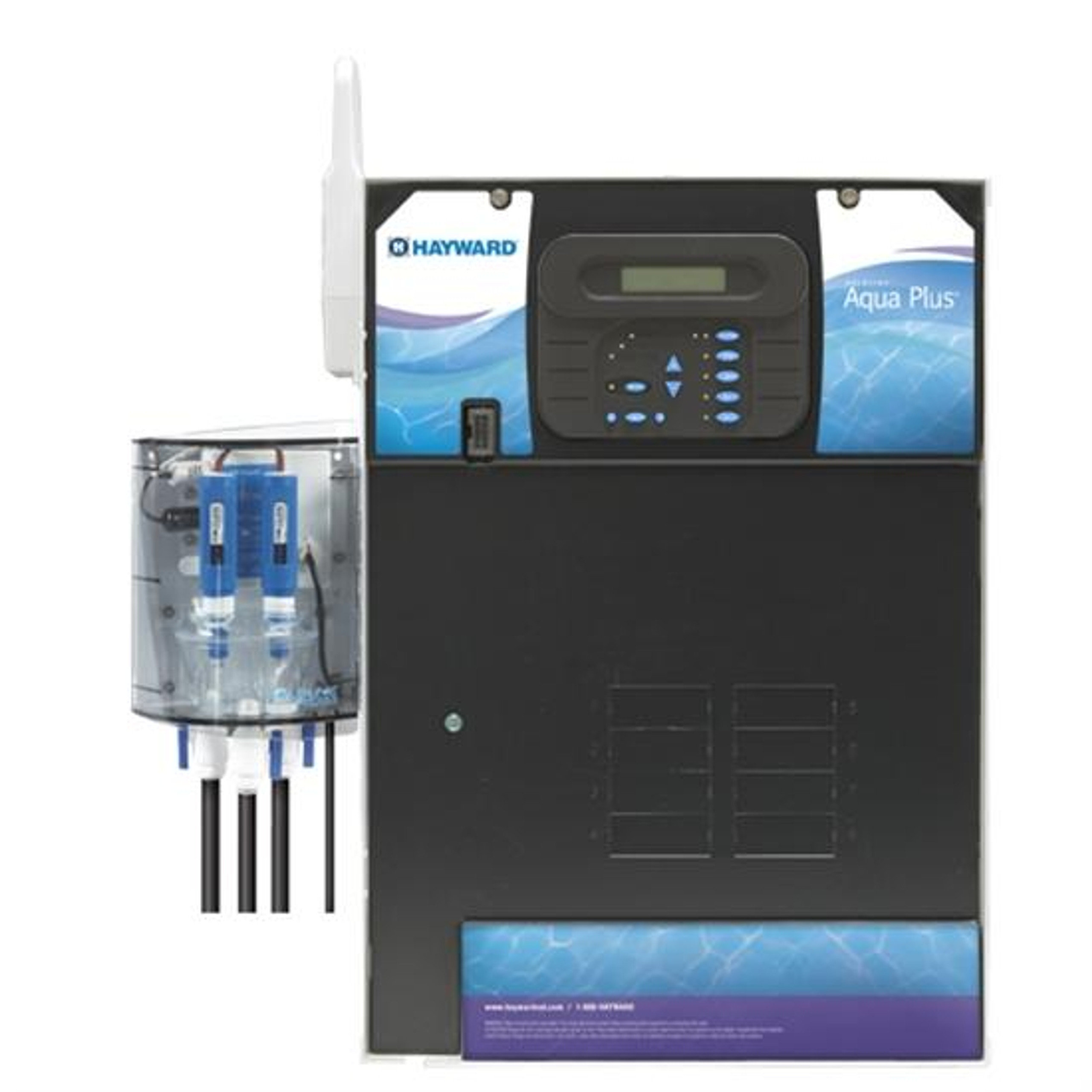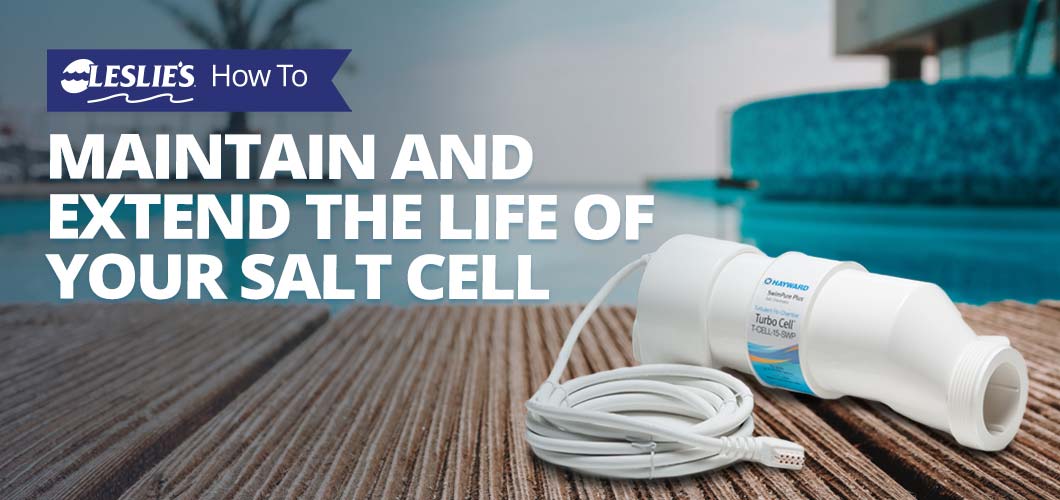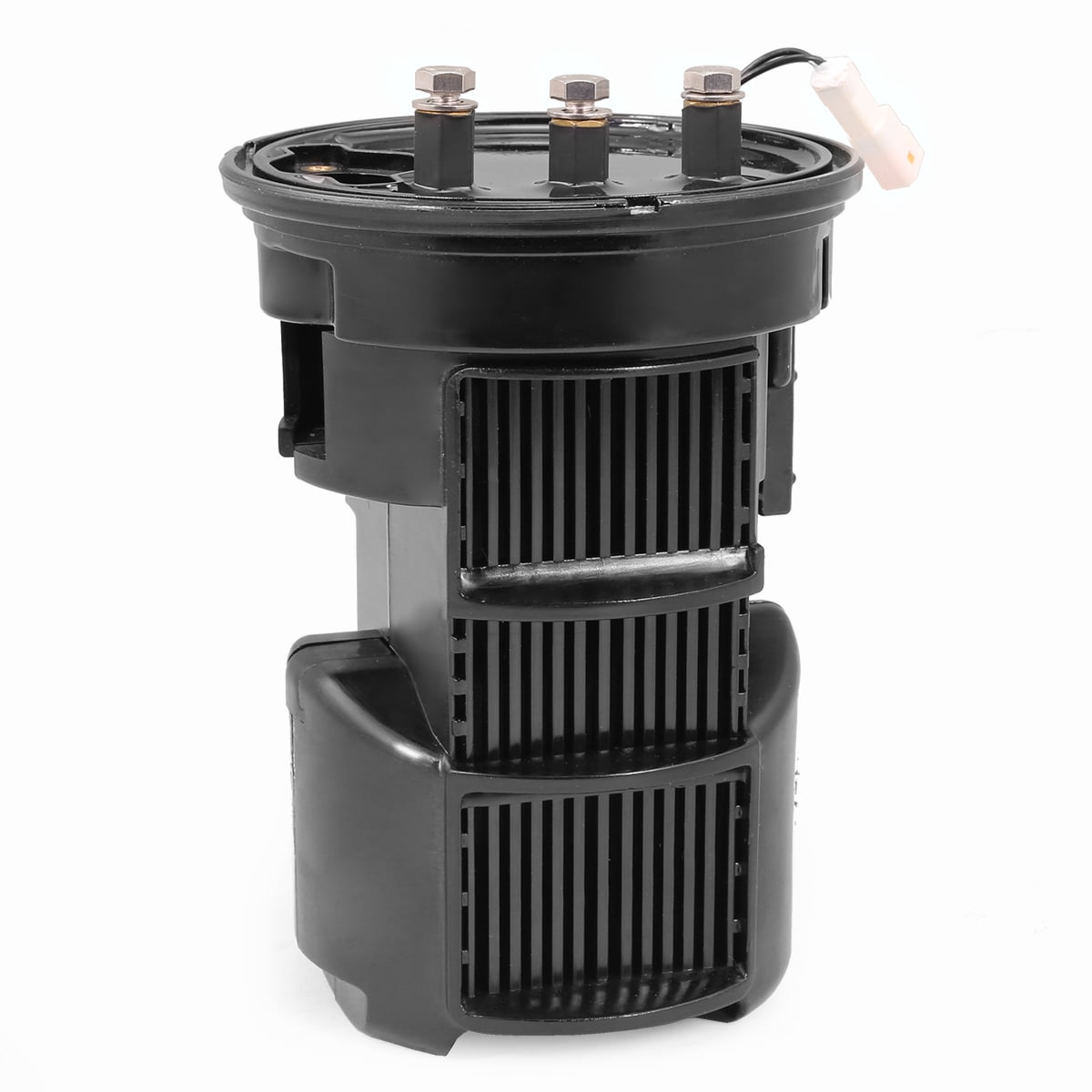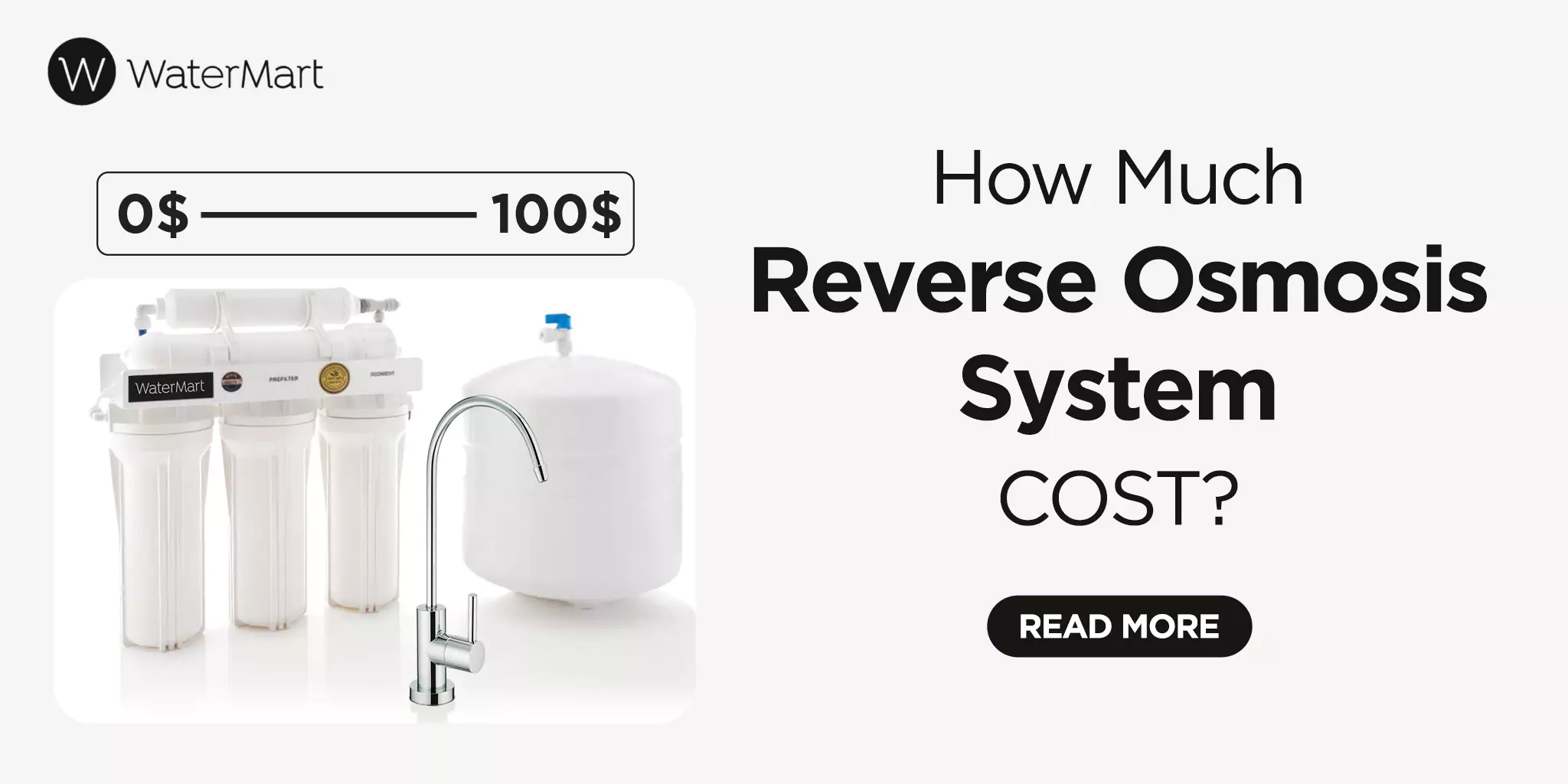How Much Does A Salt Cell Cost
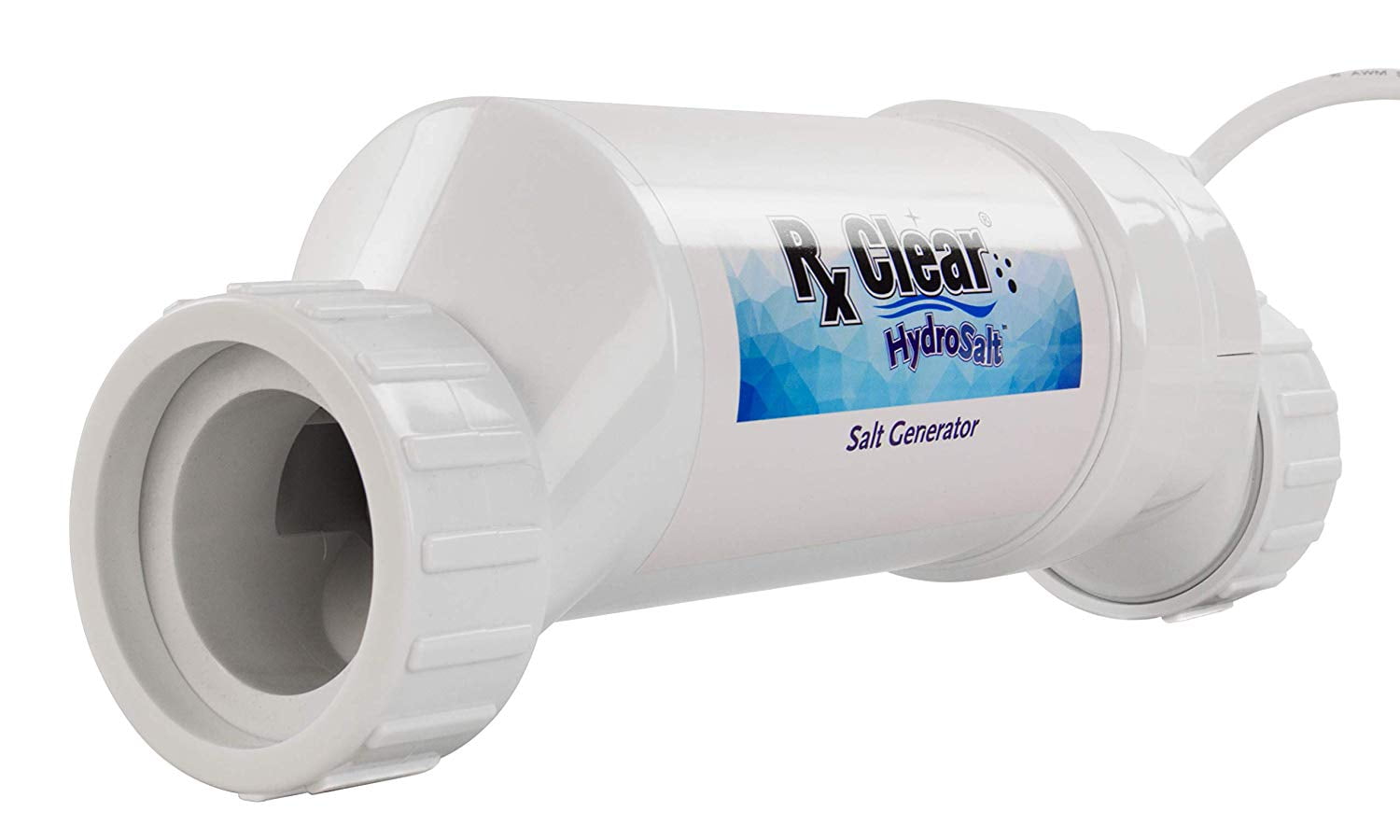
Pool owners are facing sticker shock: salt cell replacement costs are surging, leaving many scrambling for affordable solutions. This vital component for saltwater pools, responsible for chlorine generation, is proving to be a significant financial burden.
The rising prices are impacting pool owners nationwide, forcing some to delay replacement or consider alternative sanitization methods. We break down the factors driving up costs and explore available options to help you navigate this expensive necessity.
What's Driving Up Salt Cell Prices?
Several factors are contributing to the increased cost of salt cells. Supply chain disruptions, inflation, and increased demand are primary drivers.
According to a report by Pool & Spa News, raw material costs for manufacturing salt cells have increased by approximately 25% in the last year. These increased expenses are directly passed on to consumers.
Demand has also increased substantially, partly due to a surge in new pool installations during the pandemic. This heightened demand exacerbates existing supply chain issues, further driving up prices.
How Much Are We Talking? Actual Costs
The cost of a salt cell varies widely depending on the brand, size, and type of pool. Generic cells usually cost less.
Generally, expect to pay between $300 to $1200 for a replacement salt cell. High-end models with advanced features can easily exceed $1500.
Labor costs for installation can add another $100 to $300 to the total price. So, if you are not comfortable installing it yourself, you should budget accordingly.
Brand Breakdown: Price Examples
Hayward, a leading brand, offers salt cells ranging from approximately $400 to $900, depending on the model and pool size. This price may vary between vendors.
Pentair salt cells typically fall in the $500 to $1100 range. Consider the size of your pool when purchasing these high-end items.
Generic or aftermarket options, offered by companies like CircuPool, can sometimes be found for around $300 to $600. While cheaper, their lifespan and performance may differ.
Where to Buy: Finding the Best Deals
Salt cells are available from various retailers, including online stores, pool supply shops, and big box stores. Comparing prices across different vendors is crucial to securing the best deal.
Major online retailers such as Amazon and PoolSupplyWorld offer a wide selection. Shop around to find the lowest cost to you.
Local pool supply stores can provide expert advice and installation services. It's a good idea to get quotes from several stores.
When to Replace: Signs Your Salt Cell Needs Replacing
Knowing when to replace your salt cell can prevent further damage to your pool system. There are a few clear telltale signs that something is wrong.
Decreased chlorine production is a primary indicator. Low chlorine levels, despite the system running, suggest the cell's efficiency has diminished. Check water with a testing kit regularly!
Error messages on your salt chlorine generator's display panel often indicate a problem. Many systems include diagnostics.
Visible calcium buildup or damage to the cell plates warrants immediate attention. Clean your plates often to avoid this.
Who is Affected: Impact on Pool Owners
The rising cost of salt cells is disproportionately affecting pool owners on a fixed income. Budget wisely!
Homeowners in regions with hard water are particularly vulnerable. Hard water can lead to more rapid calcium buildup. Using a product to soften your water can help avoid this problem.
Pool service companies are also feeling the squeeze, as their clients are hesitant to authorize costly repairs. Many services are facing delays.
How to Save: Extending Salt Cell Lifespan
Proper maintenance can significantly extend the life of your salt cell. This saves you money and hassle!
Regularly cleaning the cell with a diluted muriatic acid solution removes calcium buildup. Follow the manufacturer's instructions carefully.
Maintaining proper water chemistry reduces stress on the cell. Keep the pH, alkalinity, and calcium hardness within recommended ranges.
Avoid running the salt system at high output levels unless necessary. Run on low if you can get away with it.
Next Steps and Ongoing Developments
Industry analysts predict that salt cell prices will remain elevated in the short term. Consider this when budgeting for pool maintenance.
Pool owners are encouraged to explore alternative sanitization methods. Some alternatives include UV sanitizers and mineral systems.
We will continue to monitor salt cell pricing and provide updates as the situation evolves. Stay informed!
